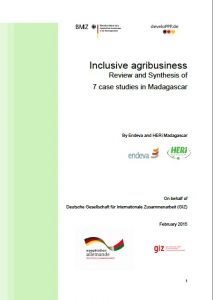Low-cost private schools can help the poor bridge the basic education gap.
Indeed, they already play a significant role in educating the children of millions of poor families throughout the developing world – charging the equivalent of just a few dollars a month in tuition fees. The bottom-up, demand-driven nature of low-cost private schools allows them to meet the specific needs of poor parents, many of whom choose to send their children to fee-paying private schools rather than have them attend free public schools.
The purpose of this paper was to broaden understanding of the contribution that low-cost private schools are making to the education of the poor in many parts of the developing world. In addition, we aimed to document key challenges these schools face and explore how they can overcome them. Stimulating discussion about how this phenomenon could be supported, we further identified which types of support are required and who might provide assistance.




